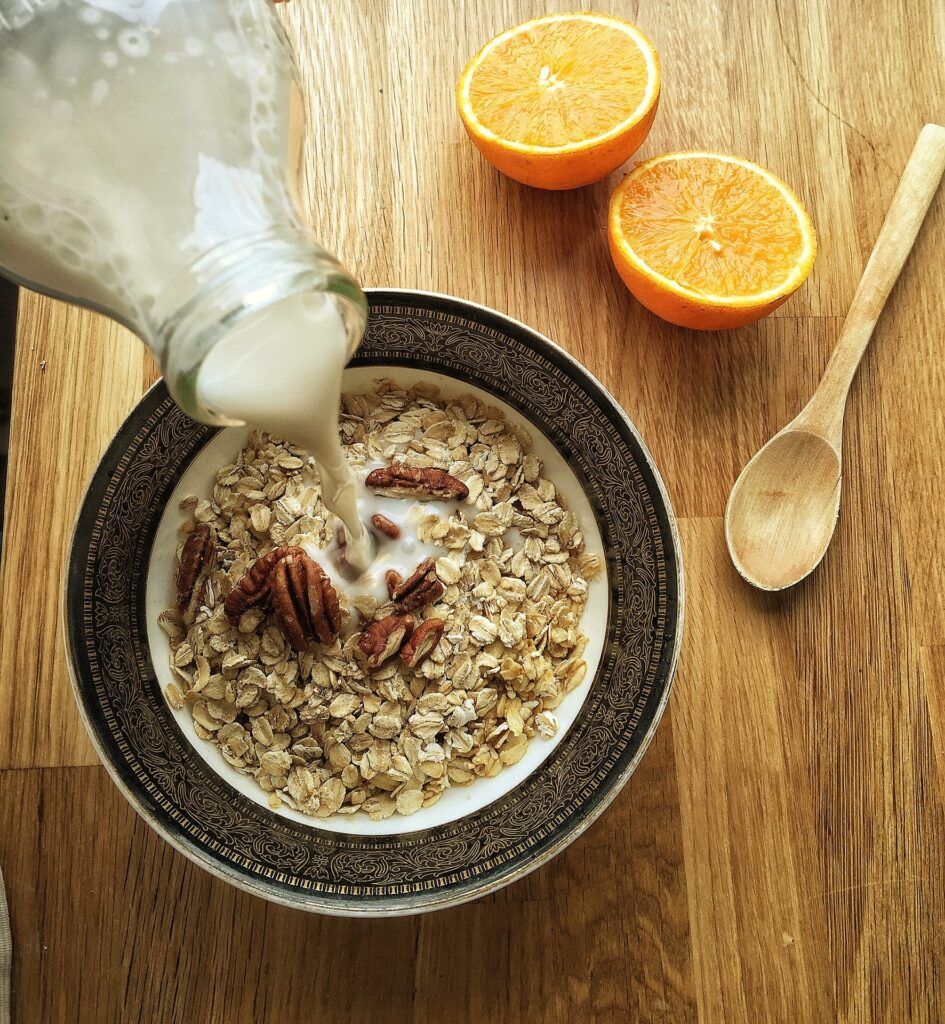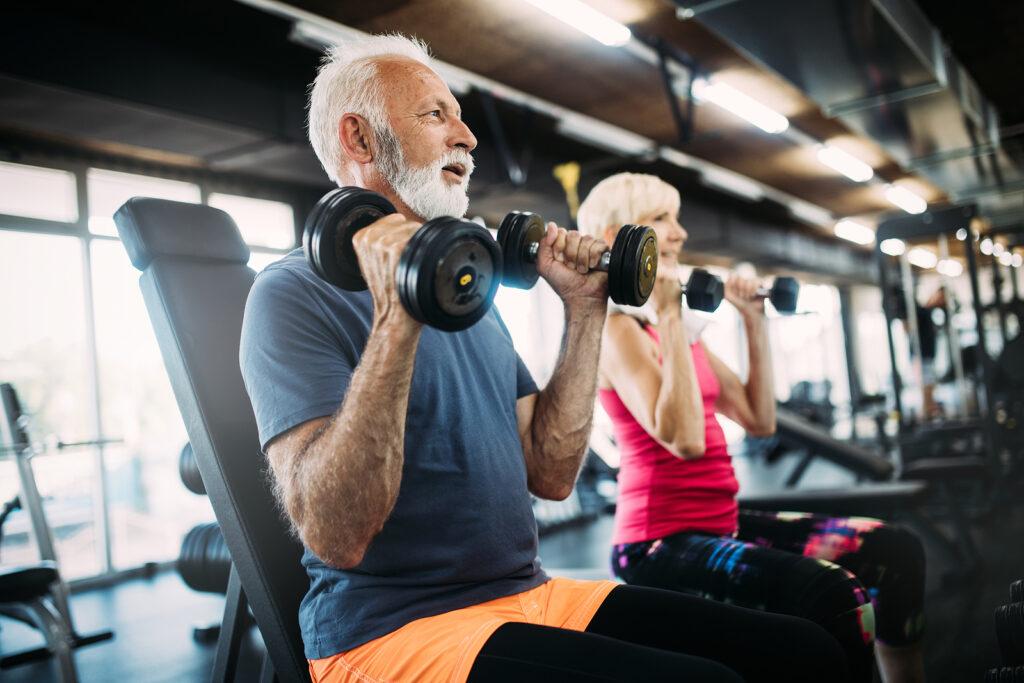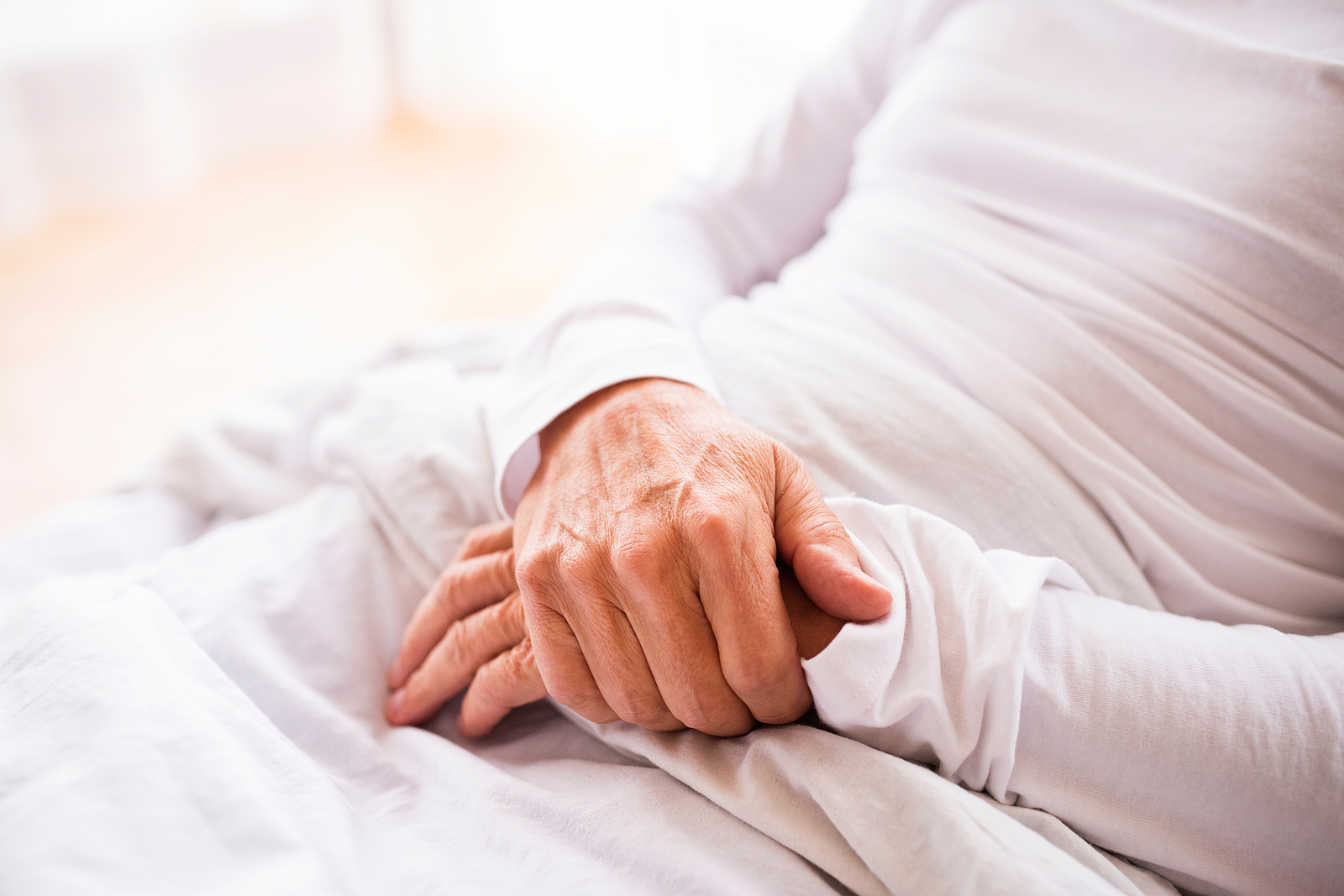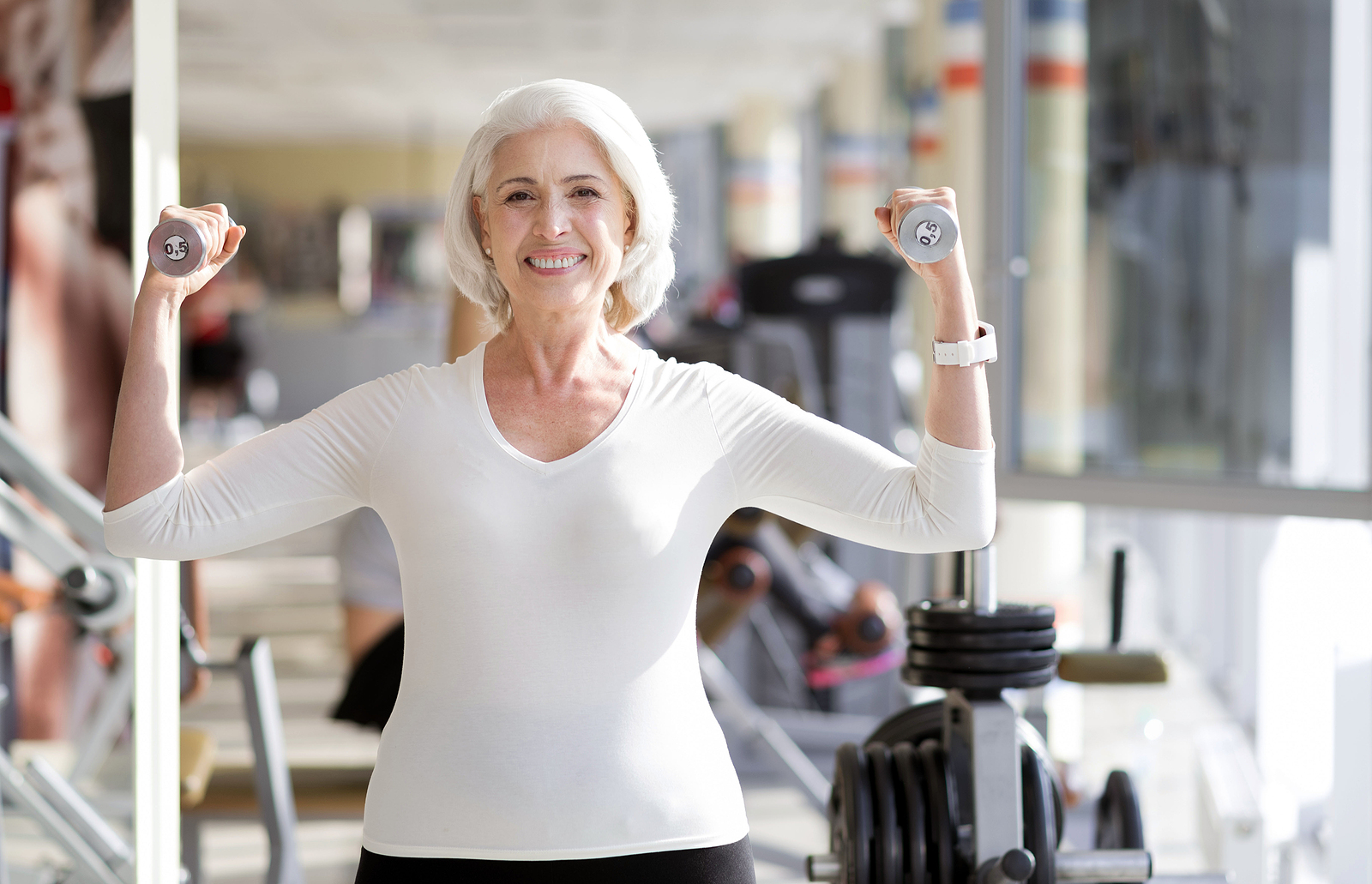Our bones do far more than just hold us up – they’re living, dynamic tissues that change continuously over time.
This natural renewal process means that as we age, our bones require more care and attention.
And even though they seem solid and unchanging, our bones are constantly undergoing a cycle of breakdown and repair.
In order to maintain our strength and prevent fractures as we age, it’s important to understand how our bones evolve with time.
In this guide, we’ll go over everything seniors, family members, and caregivers need to know when it comes to improving bone health and preventing fractures.
The Aging Skeleton: What Changes and Why It Matters
Bone density (the amount of calcium and other minerals in our bones) begins to decline around age 30 – long before we notice any outward signs.
For many, changes become more apparent later in life, especially for women post-menopause, when hormonal shifts accelerate bone loss.
As density diminishes, bones become more susceptible to fractures, making it critical to prioritize bone health in our senior years.
One of the most prevalent bone-related conditions in older adults is osteoporosis, a disease that weakens bones to the point where minor bumps or falls can result in fractures.
I’ve even worked with patients that’ve fallen because of hip fractures that occurred while simply walking in their homes – this is how fragile bones can become with osteoporosis.
Often called a “silent” disease, osteoporosis usually goes unnoticed until a break occurs.
That’s why early awareness and proactive steps can make a profound difference in preventing injury and maintaining independence.
Why Bone Health Matters
Strong bones are essential to nearly every aspect of physical well-being.
They support movement, protect vital organs, maintain posture, and contribute to balance and coordination.
In later years, preserving bone strength becomes key to avoiding setbacks that can come from falls and fractures – setbacks that often have long-term consequences for independence and quality of life.
Being proactive about bone health isn’t just about preventing disease, it’s about staying active, independent, and resilient.
In the sections that follow, we’ll explore a comprehensive approach to bone health, including nutrition, exercise, lifestyle habits, and medical options that can all help maintain and improve bone strength.
Nutritional Foundations for Strong Bones
Nutrition is the cornerstone of healthy bones and this doesn’t change as we age.
Our bodies rely on a range of vitamins and minerals to maintain bone mass, and our dietary needs evolve over time.
Calcium is the most well-known nutrient for bone health and rightly so.
It’s a primary building block of bone tissue, but as we age, calcium absorption becomes less efficient, making it essential to get enough through our diet.
While dairy products are a classic source, leafy greens, almonds, tofu, and calcium-fortified foods are excellent alternatives as well.

Vitamin D is just as important though.
It helps the body absorb calcium and regulates bone remodeling.
Sunlight exposure is a natural way to boost vitamin D levels, but supplementation is often necessary, particularly in regions with limited sun.
Magnesium, often overlooked, plays a supporting role by converting vitamin D into its active form and contributing to bone structure.
You’ll find it in foods like nuts, seeds, legumes, and whole grains.
Beyond individual nutrients, maintaining a balanced, whole-food-based diet is essential.
A diet rich in fruits, vegetables, lean proteins, and whole grains not only supports bones, but contributes to overall wellness.
Meanwhile, excessive salt, sugar, and highly processed foods can interfere with calcium retention and should be limited.
Eating for bone health empowers seniors to take control of their wellbeing and reduce their risk of injury, but nutrition is only part of the equation.
Exercise: The Backbone of Bone Strength
Physical activity is one of the most effective ways to maintain and even improve bone health in older adults.
When we challenge our bones through exercise, they adapt by becoming stronger – an essential process for preventing age-related bone loss.
Weight-bearing exercises like walking, dancing, and low-impact exercise machines are especially effective.
These activities make the body work against gravity, stimulating bone formation. Even a daily walking routine can provide significant benefits when done consistently.
Resistance training (using weights, resistance bands, or bodyweight exercises) can further support bone health.
These exercises not only build muscle, but apply stress to bones in a safe, structured way, promoting density and strength.
Balance and coordination training is equally important, as falls are a leading cause of fractures in older adults.
Practices like tai chi, yoga, or simple balance drills can improve stability and confidence, reducing the risk of injury.

Sample Weekly Exercise Program for Bone Health
This simple and effective weekly schedule is designed for seniors looking to support bone health.
Always check with a healthcare provider before starting any new exercise plan, especially if you have existing medical conditions or mobility limitations.
Weekly Overview
| Day | Focus | Activities |
|---|---|---|
| Monday | Weight-Bearing Cardio | 30-minute brisk walk or low-impact aerobic class |
| Tuesday | Strength Training | Resistance band or light weights (see below) |
| Wednesday | Balance & Flexibility | Tai chi, gentle yoga, or standing balance exercises |
| Thursday | Rest or Light Activity | Leisure walk, stretching, or gardening |
| Friday | Strength + Balance | Strength workout + 10 minutes of balance drills |
| Saturday | Weight-Bearing Cardio | Dance, walking, or stair stepping (30 minutes) |
| Sunday | Rest & Recovery | Full rest or light stretching |
Finding the right routine is key.
A fitness professional or physical therapist can help tailor a program to meet individual needs and ensure safety.
When in doubt, simply taking a brisk walk most days of the week can help maintain and improve bone strength.
Exercise Examples
Strength Training (2–3x per week)
Goal: Stimulate bone growth and preserve muscle mass
- Wall Push-Ups (2 sets of 10 reps)
- Builds upper body strength safely.
- Chair Squats (2–3 sets of 8–10 reps)
- Strengthens hips, thighs, and improves stability.
- Bicep Curls with Light Dumbbells or Bands (2 sets of 10 reps)
- Supports arm bones and daily function.
- Standing Leg Lifts (2 sets of 10 reps per leg)
- Targets hip bones and improves balance.
- Toe Stands (Calf Raises) (2 sets of 10 reps)
- Helps strengthen bones in the lower legs and improves circulation.
Balance & Coordination (Daily or 2-3x per week)
Goal: Reduce fall risk and improve stability
- Single-Leg Stands (Hold for 10–20 seconds per leg; repeat 2–3 times)
- Use a chair or counter for support as needed.
- Heel-to-Toe Walk (10 steps forward and back)
- Enhances coordination and foot control.
- Tai Chi or Chair Yoga (20–30 minutes)
- Promotes flexibility, balance, and relaxation.
Weight-Bearing Cardio (Daily or 3–5x per week)
Goal: Stimulate bone maintenance through impact and movement
- Brisk Walking
- Low-Impact Dance (e.g., Zumba Gold)
- Hiking on even terrain
- Elliptical (if joint-friendly)
- Stair climbing
Lifestyle Habits That Support Bone Health
Beyond diet and exercise, our daily choices and living environments significantly impact bone health.
- Avoid smoking and limit alcohol: Both are linked to decreased bone density and interfere with the body’s ability to absorb bone-building nutrients.
- Maintain a healthy weight: Being underweight can increase the risk of bone loss and fractures, while excess weight can put strain on joints and bones. Balanced eating and regular movement help support a healthy range.
- Posture matters: Poor posture can weaken the spine and increase the risk of fractures over time. Incorporating exercises that strengthen the core and back muscles, as well as staying mindful of posture throughout the day, can help.
- Create a fall-proof home: Reduce trip hazards, improve lighting, install grab bars, and use non-slip mats in key areas. These small changes significantly lower the risk of falls and related injuries.
Lifestyle adjustments are often simple but powerful.
They support everything else you do to protect your bones and help maintain a safer, more supportive living environment.
Medical Strategies and Treatments for Bone Health
For many seniors, medical support can provide an extra layer of protection. If bone density is low or osteoporosis is diagnosed, treatment options are available.
Bone-strengthening medications like bisphosphonates, hormone-related therapies, and newer options like monoclonal antibodies can reduce fracture risk and slow bone loss.
These treatments are typically prescribed based on individual health status and bone density test results.
Regular check-ups and screenings – especially DEXA (bone density) scans – are important, as they help detect bone loss early and guide treatment decisions.
Preventive screenings can identify problems before a fracture occurs, allowing for timely interventions.
Work closely with healthcare providers to develop a personalized care plan. A collaborative approach ensures that medications, diet, and exercise are aligned for maximum benefit.
When integrated with lifestyle changes, nutrition, and exercise, medical treatments complete a well-rounded bone health strategy.
Final Thoughts
Bone health isn’t just a medical concern, it’s a foundation for independent, active living.
Our bones support every movement and keep us upright and resilient, but like the rest of our bodies, they need thoughtful care over time.
The good news is that it’s never too late to start.
Whether you’re 55 or 85, simple daily choices (eating calcium- and vitamin D-rich foods, exercising, making home safety adjustments, consulting with healthcare providers as needed) can help preserve and even improve bone health.
Keep in mind, this isn’t about perfection – it’s about progress and prevention.
I know we went over a lot of stuff in this article, but building small, sustainable habits can make a difference.
I would encourage everyone to be proactive with your bone health and if nothing else, never stop exercising.
And again, any exercise is better than none – movement is your friend!
Anyway, I hope you found this article helpful and if you have any questions or comments, just leave ’em below and I’ll get back to you shortly.



